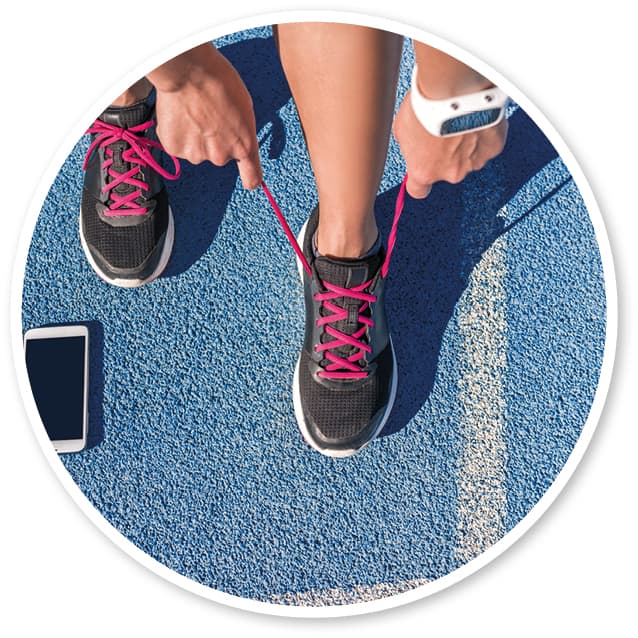At first glance, it might appear that the goals and assumptions of marketing are incompatible with the goals and assumptions of sustainability. But marketing and behavioural science have much to say about how we might influence consumption to be more sustainable.
The growing field of behavioural insights has led to multiple studies and initiatives to help narrow the ‘say-do gap’ – the gap between the stated good intentions and actual behaviour of consumers – by considering how factors such as Social influence, Habit formation, Individual self, Feelings and cognition, and Tangibility (SHIFT framework) can be harnessed to encourage more sustainable consumer behaviours.
What are domino effects?
Most people don’t make radical changes in their behaviour overnight. It can take a while to shift towards a lifestyle or to form a habit that then just happens naturally. But people like to be consistent, so if they adopt one sustainable behaviour, they are often apt to make other positive changes in the future.

Examples of the domino effect in action
Meat free Mondays is a phrase that has entered into use in the past few years, with families encouraged to have one meat free meal in the week to help reduce the impact of livestock farming on the environment. On its own this will not fix the issue, but because it is memorable and easy to do, many people are now exploring alternative menus that they would never have considered before. And in many cases liking the options they try, in which case they are more likely to want to continue, and often expanding their meat free dining to other days of the week.

Ikea also observed this in action, with customers beginning with small actions and building to more meaningful ones. For example, changing curtains and blinds to decrease heat loss, then insulating doors and windows, buying energy-efficient appliances, installing a programmable thermostat, and so on.
How to put it to use in your business
- Develop gateway products or options to encourage positive actions/small steps in the right direction
- Incentivise upgrades to products or services, or give away prizes that introduce customers to new sustainable options
- Encourage customers to share their news or make a pledge to further actions
Most companies run competitions or giveaways as part of a promotion or new product launch. Why not review these to include something that will encourage small steps actions or introduce people to the results of climate positive decisions. Footwear manufacturers have literally been using the small steps technique in recent years with the introduction of smart apps that encourage customers buying new trainers to be more active.
Another example would be to give away a large ticket item such as a short break to a destination that has benefited from adopting sustainable practices with great results, or encourages a greater appreciation of its surroundings, thus showing how alternative ways of doing things needn’t be inferior, and are often superior to current, more familiar options.
Want to know more?
If you’d like to find out more about how to use behavioural insights to boost your marketing results, just give us a call on 01273855995 or email us at hello@piernine.co. You can read more about why we use content marketing to help purpose-driven businesses to grow here.





